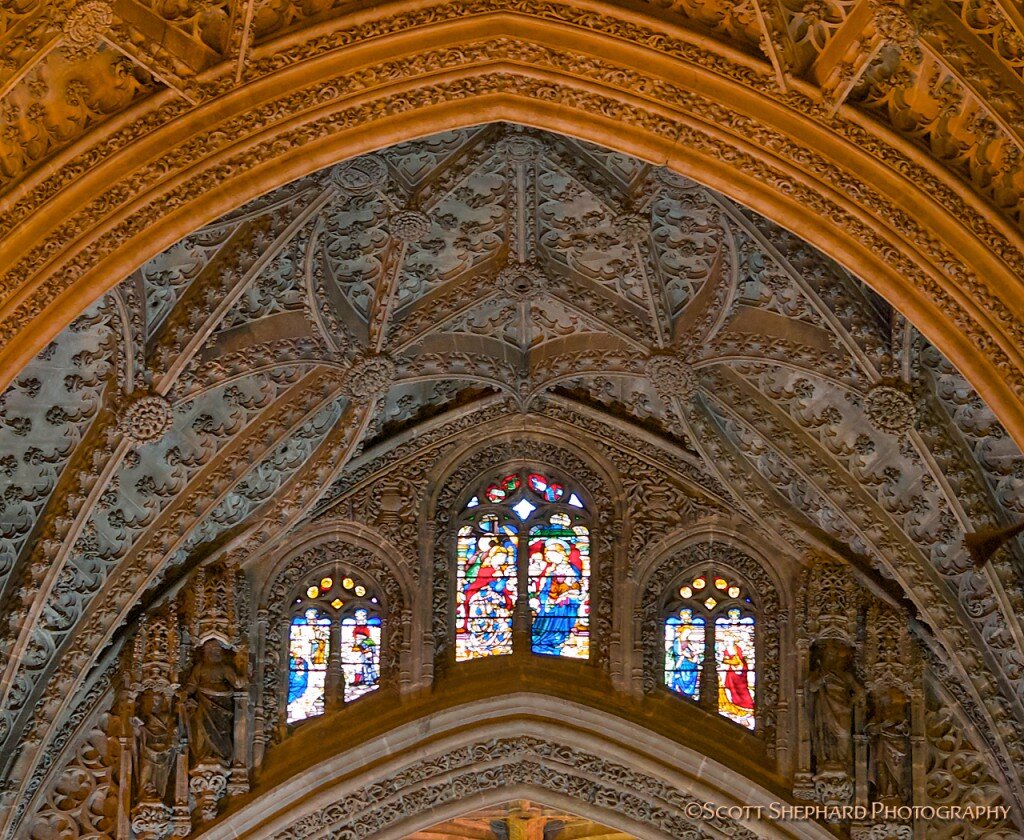 How about something from the 20th century, the 18th century and the 1st century in the same photo? If you travel to places like Segovia, Spain, that's not hard to come by.The Roman aqueduct that dominates that photo is the oldest structure seen here, though it is in amazingly good shape - especially since only gravity holds this structure up. That's right, there's no cement!So the question is: If the aqueduct is made of carefully carved and aligned stacked stone, how do the build the arches? In other words, since the last stone in the arch to go in is the one at the stop (the keystone) how do they keep the other stones in place before placing it?
How about something from the 20th century, the 18th century and the 1st century in the same photo? If you travel to places like Segovia, Spain, that's not hard to come by.The Roman aqueduct that dominates that photo is the oldest structure seen here, though it is in amazingly good shape - especially since only gravity holds this structure up. That's right, there's no cement!So the question is: If the aqueduct is made of carefully carved and aligned stacked stone, how do the build the arches? In other words, since the last stone in the arch to go in is the one at the stop (the keystone) how do they keep the other stones in place before placing it?
Juxtaposition
in Architecture, Travel

